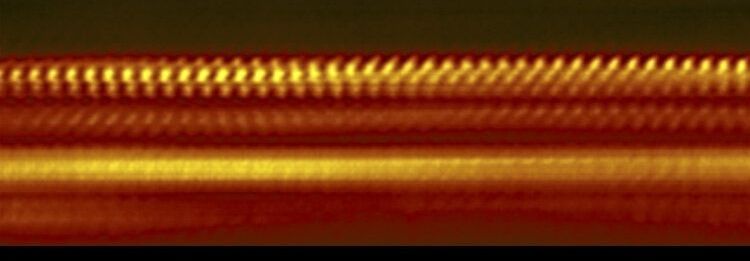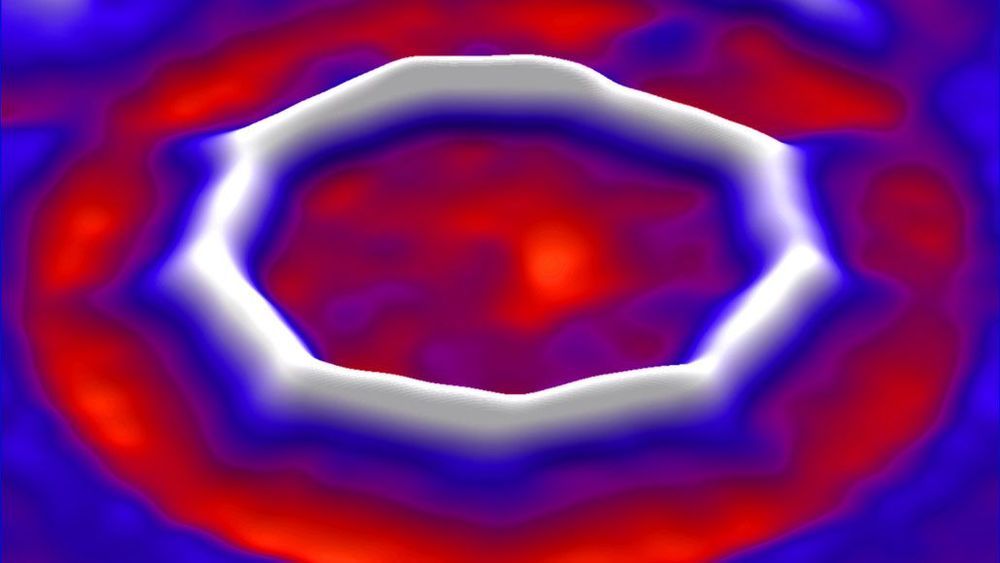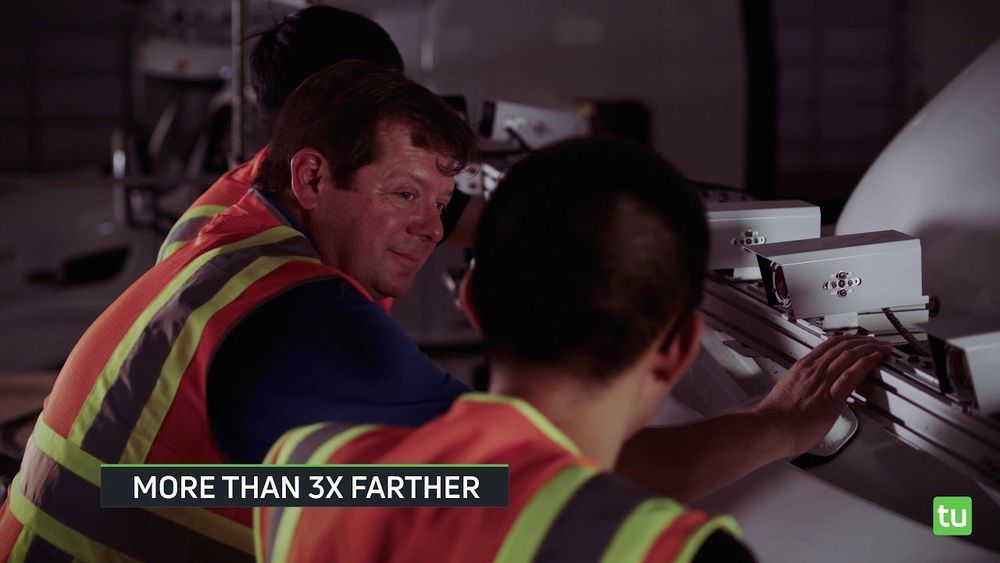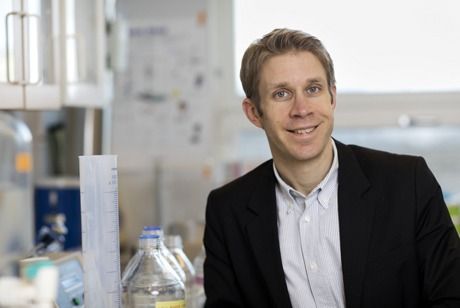
Excess heat given off by smartphones, laptops and other electronic devices can be annoying, but beyond that it contributes to malfunctions and, in extreme cases, can even cause lithium batteries to explode.
To guard against such ills, engineers often insert glass, plastic or even layers of air as insulation to prevent heat-generating components like microprocessors from causing damage or discomforting users.
Now, Stanford researchers have shown that a few layers of atomically thin materials, stacked like sheets of paper atop hot spots, can provide the same insulation as a sheet of glass 100 times thicker. In the near term, thinner heat shields will enable engineers to make electronic devices even more compact than those we have today, said Eric Pop, professor of electrical engineering and senior author of a paper published Aug. 16 in Science Advances.



















